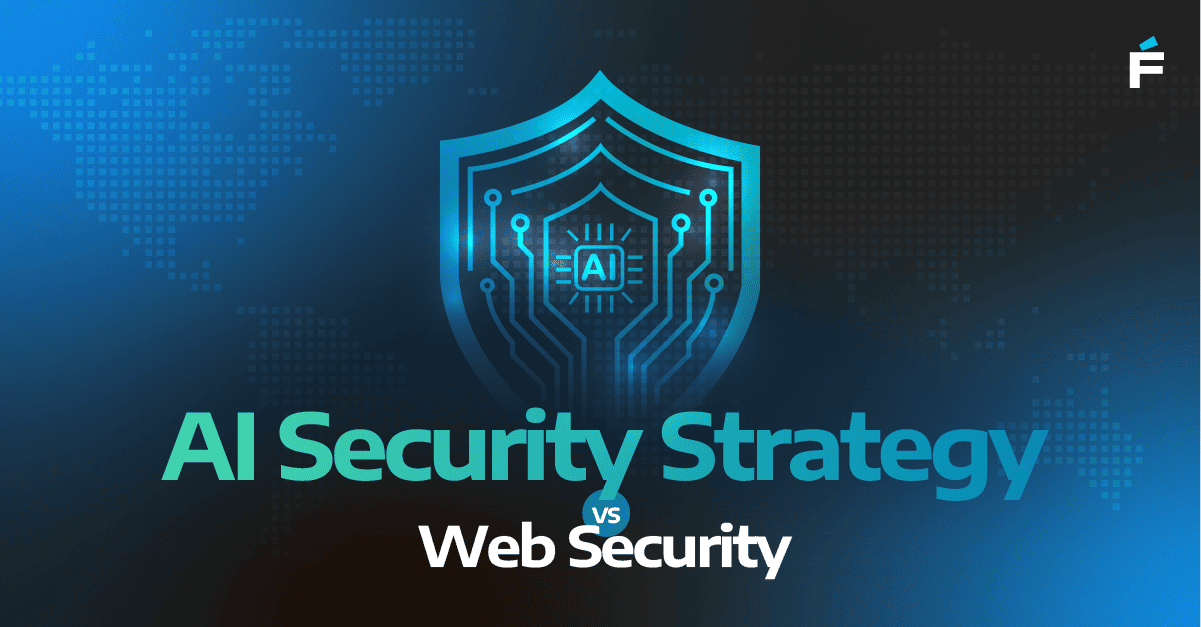Recently, MIT Technology Review and Databricks released a paper that’s like a treasure map for organizations looking to grow through AI and data. It has insights and strategies for staying ahead in our tech-driven world, and here's my take on it.
Investing in AI and Data Infrastructure
Investing in AI and data infrastructure isn't just a trend; it's a necessity. Organizations worldwide are waking up to AI’s potential to redefine operations. This report confirms it, showing growth in AI investments, with nearly half of tech leaders surveyed planning to increase their spend by more than 25%. It's a clear signal: to innovate and gain a competitive edge, we need to bet big on AI.
Lakehouse Architecture for Managing Data
A significant revelation for me was the shift towards a lakehouse architecture. It’s becoming the go-to for managing data in the age of generative AI, and for good reasons. It merges the best of both worlds – data lakes and warehouses – allowing for real-time data analysis and seamless integration of new tech. This is crucial for any organization looking to make informed decisions quickly.
The report highlights an aspect that resonates deeply within our industry—the talent gap.
It's no secret that skilled individuals capable of navigating the complex world of AI platforms are in high demand but in short supply. Recognizing this, Forte has proactively turned this challenge into an opportunity, dedicating substantial efforts towards cultivating such talent within our ranks.
Our commitment to internal development has not only addressed this gap, it has also fostered a culture of innovation powered by a team that understands the nuances of AI and data. This strategic focus ensures that what might be a vulnerability for others strengthens us, setting Forte apart as a leader in embracing and advancing AI technologies.
The Build vs. Buy Dilemma
Then there's the build vs. buy dilemma. Should organizations develop their own AI models or use ones provided by vendors? The report suggests a hybrid approach that I agree with. It allows businesses to stay agile, adapting to new technologies and regulations as they evolve.
Drawing from the insights in this report, it's clear that investing in AI and data analytics, nurturing innovation, and embracing strategic flexibility are key to navigating the future of AI-driven growth. Adaptability is the name of the game here.
At Forte, we place Databricks at the heart of our AI strategy because we believe in the power of quality data to drive AI success.
Ready to transform your business with data and AI? Our custom AI solutions, from predictive analytics to intelligent automation, are designed to accelerate time to market and drive growth, all while optimizing your technology expenses.
"It's clear that investing in AI and data analytics, nurturing innovation, and embracing strategic flexibility are key to navigating the future of AI-driven growth. Adaptability is the name of the game here."

.png)


